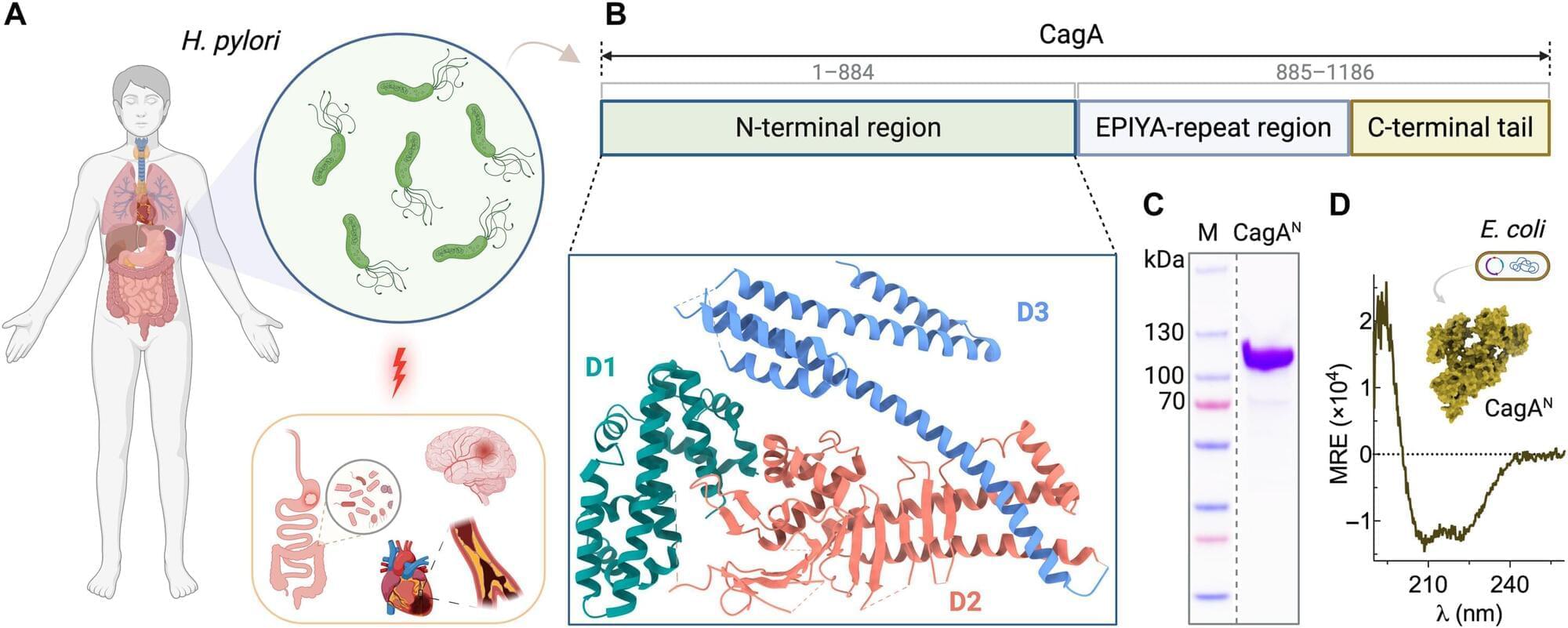Every three seconds, someone in the world develops dementia. Alzheimer’s disease is the most common form of dementia, accounting for between 60% and 70% of all cases.
Although scientists have made significant progress in understanding the disease, there’s still no cure. That’s partly because Alzheimer’s disease has multiple causes—many of which are still not fully understood.
Two proteins which are widely believed to play central roles in Alzheimer’s disease are amyloid-beta and tau. Amyloid-beta forms sticky plaques on the outside of brain cells. This disrupts communication between neurons. Tau accumulates inside brain cells, where it twists into tangles. This ultimately leads to cell death. These plaques and tangles are the hallmark features of Alzheimer’s disease.
